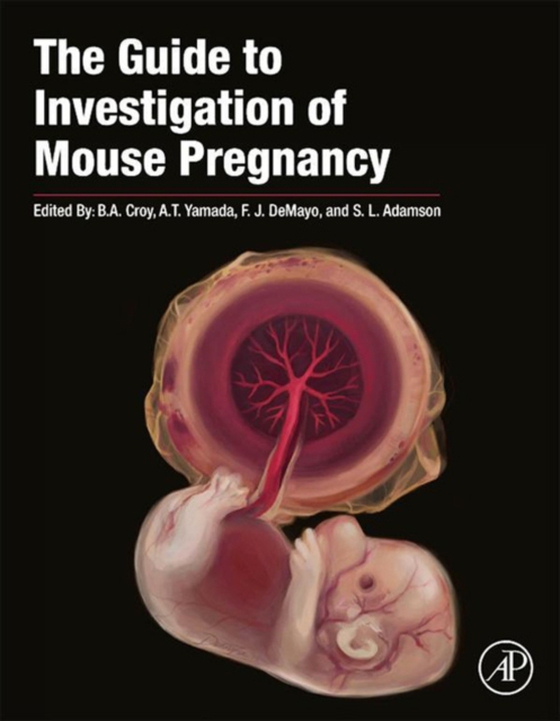
Guide to Investigation of Mouse Pregnancy e-bog
1459,56 DKK
(ekskl. moms 1167,65 DKK)
The Guide to Investigation of Mouse Pregnancy is the first publication to cover the mouse placenta or the angiogenic tree the mother develops to support the placenta. This much-needed resource covers monitoring of the cardiovascular system, gestational programming of chronic adult disease, epigenetic regulation, gene imprinting, and stem cells. Offering detailed and integrated information on ...
E-bog
1459,56 DKK
Forlag
Academic Press
Udgivet
9 december 2013
Længde
832 sider
Genrer
Medical laboratory testing and techniques
Sprog
English
Format
pdf
Beskyttelse
LCP
ISBN
9780123947949
The Guide to Investigation of Mouse Pregnancy is the first publication to cover the mouse placenta or the angiogenic tree the mother develops to support the placenta. This much-needed resource covers monitoring of the cardiovascular system, gestational programming of chronic adult disease, epigenetic regulation, gene imprinting, and stem cells. Offering detailed and integrated information on how drugs, biologics, stress, and manipulations impact pregnancy in the mouse model, this reference highlights techniques used to analyze mouse pregnancy. Joining the ranks of much referenced mouse resources, The Guide to Investigation of Mouse Pregnancy is the only manual providing needed content on pregnancy in animal models for translational medicine and research. Provides instruction on how to collect pre-clinical data on pregnancy in mouse models for eventual use in human applications Describes the angiogenic tree the mother's uterus develops to support pregnancy and the monitoring of pregnancy-induced cardiovascular changes Educates readers on placental cell lineages, decidual development including immune cells, epigenetic regulation, gene imprinting, stem cells, birth and lactation Discusses how stress, environmental toxicants and other manipulations impact upon placental function and pregnancy success
 Dansk
Dansk

